 I want to dedicate this book to John.
I want to dedicate this book to John.
Thank you for making me believe that I can do whatever I want.
I absolutely couldnt do any of it without you! You are the wind beneath my wings 
 Hi folks, When I started my Facebook page seven years ago I wanted to help people save money by shopping smartly and cooking creatively. Over the years I have developed my own skills by researching online, experimenting in the kitchen and listening to everyone from top chefs and food-waste champions, to grandmas who lived through rationing. I have watched documentaries about food waste mountains, then switched channels to hear all about food poverty. I have had messages from people who are worried they cant afford to feed their family at all, never mind provide healthy meals on a tight budget. And I have also had messages from people who have never learnt to cook so for them, it is about gaining the confidence to simply try. In my first two books I provided meal plans, shopping lists and all the recipes to make eight weeks worth of meals for 20 a week.
Hi folks, When I started my Facebook page seven years ago I wanted to help people save money by shopping smartly and cooking creatively. Over the years I have developed my own skills by researching online, experimenting in the kitchen and listening to everyone from top chefs and food-waste champions, to grandmas who lived through rationing. I have watched documentaries about food waste mountains, then switched channels to hear all about food poverty. I have had messages from people who are worried they cant afford to feed their family at all, never mind provide healthy meals on a tight budget. And I have also had messages from people who have never learnt to cook so for them, it is about gaining the confidence to simply try. In my first two books I provided meal plans, shopping lists and all the recipes to make eight weeks worth of meals for 20 a week.
I believe those will give the reader a firm foundation on which to build their own meal plans, gain confidence in the kitchen and experiment. This book is slightly different. It will still save you time and money, but it will also teach you how to stretch ingredients; meaning that you can buy more expensive items and know that they will provide more than one meal. The recipes will help you take one key ingredient and make four meals from it. So, for example, you can enjoy a family roast dinner on a Sunday or a fancy meal on a special occasion, which will go on to make three more meals for the week ahead. Or you can freeze them to eat at a later date so you dont have to worry about repetitiveness, and you can switch things up! This sort of creative cooking was standard years ago when every bit of a single ingredient was used to make various dinners for the family.
Back then this was due to cost and food availability, but over the years, with a wider range of food more readily available, we as a nation have lost that skillset. I want to change that. My main goal with this book, is to show that less is definitely more! xx Lorna xx CONTENTS MEAT & FISH Meat and fish are usually the most expensive elements of peoples shopping, so learning how to make the most of them and use up every little scrap can be a huge money saver. If you have read my other books you will know that I bulk out my meals with grains, pulses and vegetables to stretch meat as far as possible. You wouldnt believe the number of times people say to me, We only get one meal from a chicken. I dont know how you manage to get four meals for four people! Upon further investigation it usually transpires that they only use the breast meat and throw the rest of the bird away! My mindset is that if you are going to do that you might as well just cook a couple of chicken breasts.
I slow-cook chicken as it means the meat becomes so tender that it falls off the bone. Then I use the breast meat for a roast dinner for four, filling up the rest of the plate with potatoes, veg, stuffing and Yorkshire puddings. I then allow the chicken to cool (I usually have to hide it in the microwave or else my cat has a good old feast), then I strip the carcass down and put the meat in a bowl and set it aside. I put the bones and skin in a pot which I fill with water, toss in any veg peelings saved from making dinner and a couple of bay leaves or herbs, and then I put this on the stove (or back in the slow cooker) to make a lovely stock. After simmering I take care to strain the stock from the bones, which I pick over again, and any more meat I find I put into the stock to make a delicious soup with the addition of some grains or carbohydrates and some veg. I shred the meat that I set aside as it makes it stretch further than simply chopping it up.
Then I use this meat for two other dishes. People often say, Thats not enough meat for my family but I have never had any complaints of anyone being hungry after eating one of my meals! People across this country and beyond eat way more meat than they need to. Some dishes only need a little meat and traditionally only ever had small amounts in them. Lets take as an example a carbonara; one or two slices of leftover gammon from your Sunday joint diced up really small is plenty to put in this pasta dish there is no need for a full pack of bacon! In the seven years Ive been running my Facebook page, one thing that often comes up is that people just dont know what to do with their leftovers. I think most people will, at some point, find themselves serving up dinner and ending up with a little bit too much of something or other, so the second half of the book looks at what we can do to save this food from being wasted.  PASTA Lets take a minute to talk about the knack of cooking just enough pasta.
PASTA Lets take a minute to talk about the knack of cooking just enough pasta.
HA HA, jokes! No one EVER cooks the correct amount of pasta! Even when following a recipe your typical person will weigh out the pasta, look at it and think, Noooo, thats definitely not enough! And so they add a little more and end up with too much. And its often too late by the time they realise that their pasta-to-sauce ratio is off and the dish isnt saucy enough. The first tip in this instance is to ALWAYS add your pasta to your sauce rather than pouring the sauce into the pasta. This means you can stop adding pasta before you knock off the ratio. I know a lot of people dont like reheating pasta, as they feel it just doesnt taste as good or retain its quality, but by adding a few binding ingredients and cooking it in the oven you can make some beautiful meals. RICE This is another ingredient that people can find themselves with too much of.
And it often ends up in the bin because people are wary of reheating it due to the risks of food poisoning. These risks are very real and occur when rice is kept warm for a while. So if you have leftover rice, you want to cool it down as quickly as possible. You will find out how to do that at the beginning of the rice section (see ). I like to freeze leftover rice as it is so quick and easy to reheat. It means I can have a curry in the slow cooker all day and when I come home I can quickly reheat the rice for a full meal on the table in minutes! POTATOES I am going to be completely honest about this I LOVE potatoes.
As a child of the eighties we had potatoes with almost every meal. Pasta and rice were not on the menu at home very often, and never at my nanas house. I went through a phase of not liking meat very much my aunt said I was just too lazy to chew it (should meat be chewy though?) so I often ended up with some version of potatoes with cheese melted on top. And if I was to be truthful I would tell you I would quite happily eat that for dinner still! Because of my insane love of potatoes, it is very rare for me to have leftovers as I just cant resist eating as many as I can, so I started to make extra. Lets be honest here, it is time-consuming to peel and cook potatoes and the starch makes my hands itchy! So if Im making potatoes for dinner I might as well make a lot and do something fab with the extras. If I know they are for another meal, I manage to NOT eat them all.
Mostly! Potatoes are best bought still dirty, in the brown paper sacks. VEGETABLES Vegetables are one of the most wasted food items. Once you have served up dinner and only have a spoonful or two left its easy to think, Thats not enough to do anything with, so you throw them out or just put extra on the dinner plates, which means they end up in the bin anyway as its too much. Ill let you into a little secret here I dont peel veg unless I absolutely have to! Many of the nutrients in root veg live just under the skin and by peeling them youre usually throwing the goodness away. Also, I come from the school of why give yourself extra work? I just wash my carrots and parsnips and chop them up. BREAD OK, more honesty (this is turning into confessions of a cookbook author!), I LOVE bread almost as much as I love potatoes.
Next page
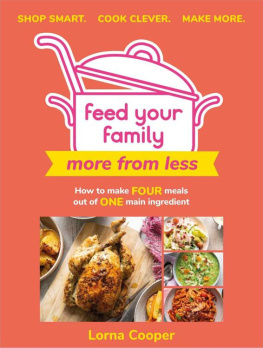
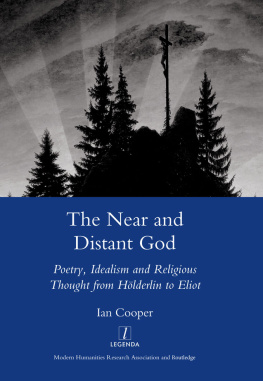
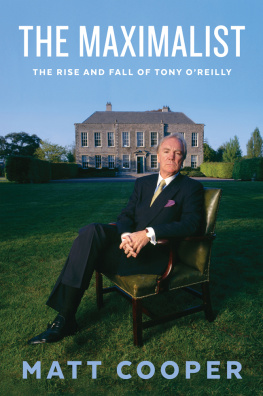
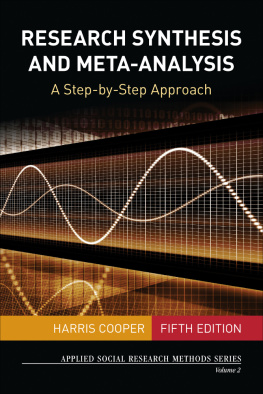
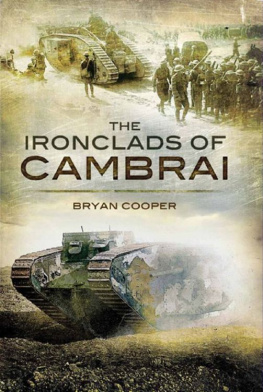
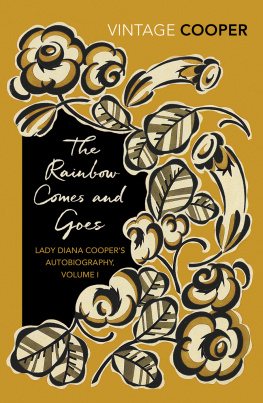
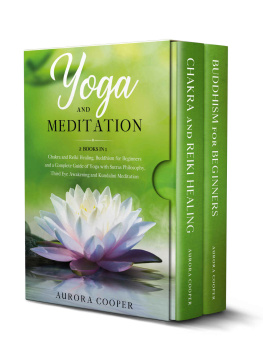
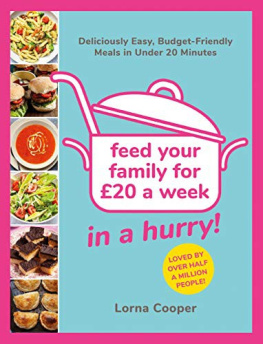
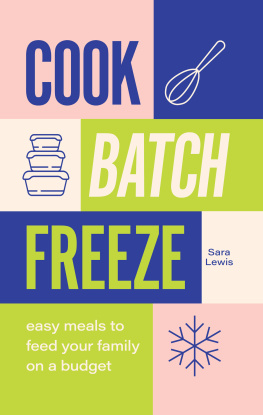
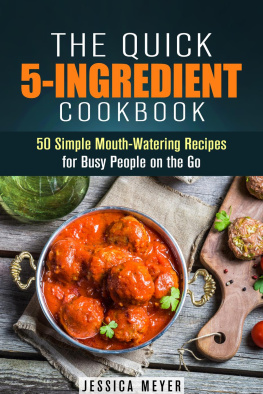
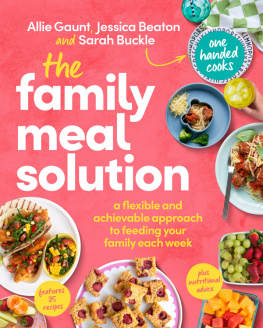
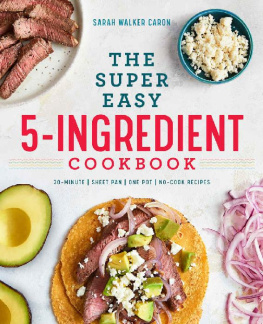
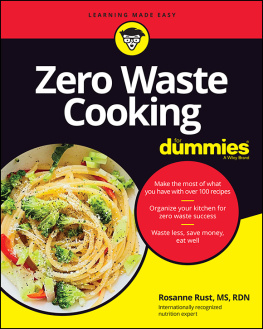

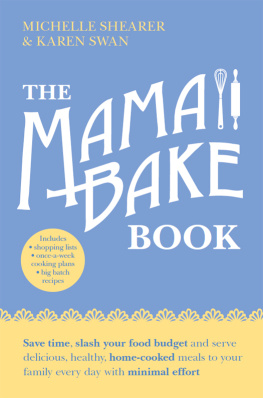
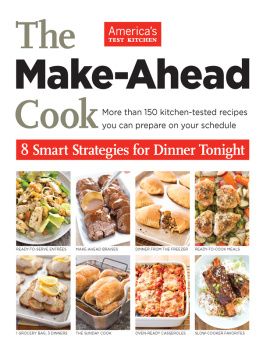
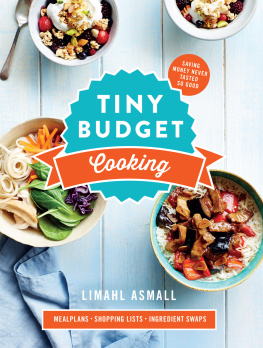
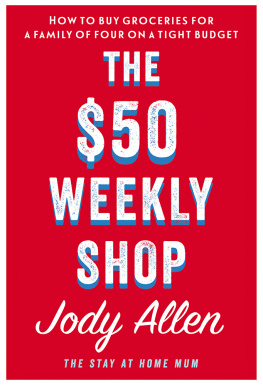
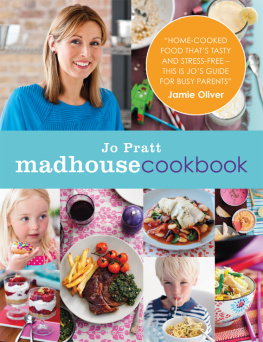
 I want to dedicate this book to John.
I want to dedicate this book to John.
 Hi folks, When I started my Facebook page seven years ago I wanted to help people save money by shopping smartly and cooking creatively. Over the years I have developed my own skills by researching online, experimenting in the kitchen and listening to everyone from top chefs and food-waste champions, to grandmas who lived through rationing. I have watched documentaries about food waste mountains, then switched channels to hear all about food poverty. I have had messages from people who are worried they cant afford to feed their family at all, never mind provide healthy meals on a tight budget. And I have also had messages from people who have never learnt to cook so for them, it is about gaining the confidence to simply try. In my first two books I provided meal plans, shopping lists and all the recipes to make eight weeks worth of meals for 20 a week.
Hi folks, When I started my Facebook page seven years ago I wanted to help people save money by shopping smartly and cooking creatively. Over the years I have developed my own skills by researching online, experimenting in the kitchen and listening to everyone from top chefs and food-waste champions, to grandmas who lived through rationing. I have watched documentaries about food waste mountains, then switched channels to hear all about food poverty. I have had messages from people who are worried they cant afford to feed their family at all, never mind provide healthy meals on a tight budget. And I have also had messages from people who have never learnt to cook so for them, it is about gaining the confidence to simply try. In my first two books I provided meal plans, shopping lists and all the recipes to make eight weeks worth of meals for 20 a week. PASTA Lets take a minute to talk about the knack of cooking just enough pasta.
PASTA Lets take a minute to talk about the knack of cooking just enough pasta.